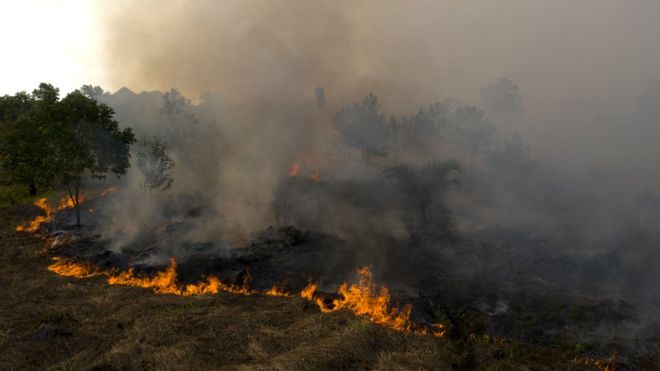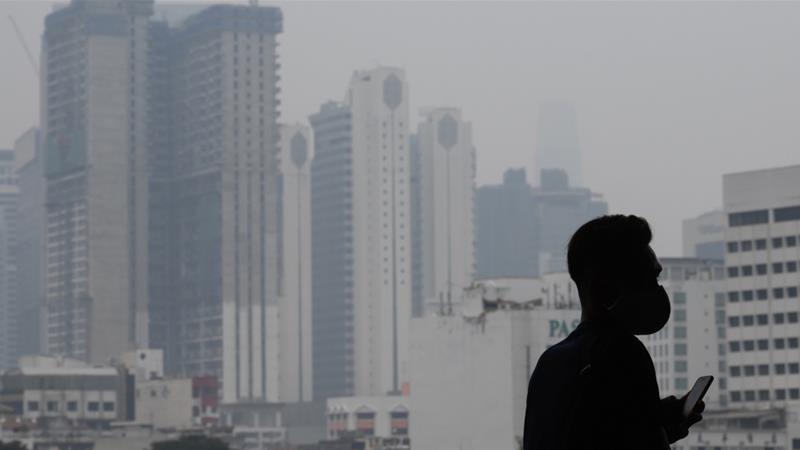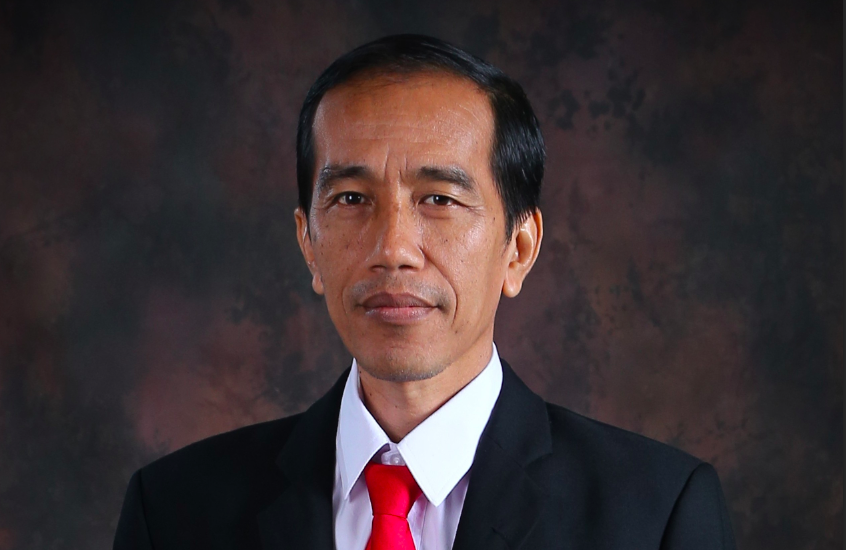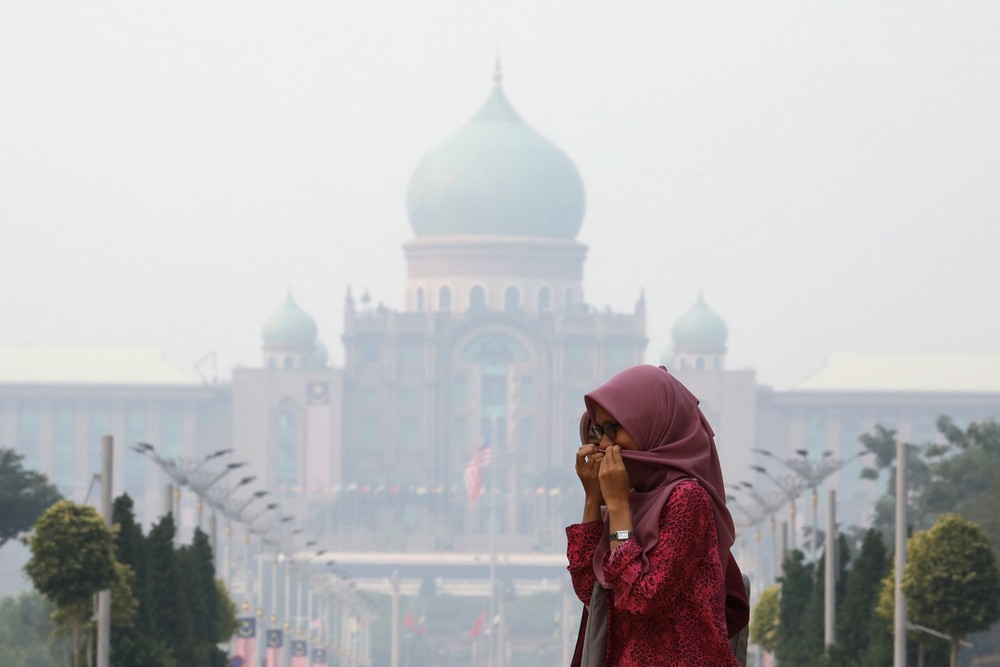Once again, parts of Malaysia are shrouded in haze. The changing winds influence which areas are hardest hit, so air quality levels tend to change locally from day to day, but everyone agrees: it’s not good. The worst-affected areas suffer the most disruption, as schools are closed and thousands of people complain of respiratory problems caused by the haze.
Elderly people and those with pre-existing conditions like sinus problems and asthma often suffer the most. Rather ridiculously, this problem is nothing remotely new. Indeed, it has been going on for some 50 years as large-scale open burning, mostly in Indonesia, results in heavy smoke drifting towards Malaysia. Indonesia is the world’s third-highest emitter of greenhouse gases, in no small part because of this practice.

Kalimantan on the island of Borneo and Sumatra to the west of Malaysia are usually the two provinces where the most fires occur. Prevailing winds tend to make KL, Melaka, and Johor experience the worst effects of haze in West Malaysia and Sarawak in East Malaysia. Singapore also routinely sees blankets of haze.
The phenomenon occurs at this time of year – the dry season – as open burning clears the ground and prepares it for new plantings. It used to be mostly local farmers clearing the land, thus on a smaller scale, but now big business is involved, and the increase in palm oil plantations has encouraged more companies to clear forest land, and the cheapest way is through open burning. In addition to this, underlying decaying organic matter produces peat. Peat swamps are usually drained to clear the area for plantations and once it dries it is highly combustible and can burn for many days. Since the peat is underground, it is exceptionally difficult to extinguish and can smoulder for many weeks. The combined effects of slash-and-burn forest fires and smouldering peat fires are what make the haze such a miserable, long-lasting occurrence.

It seems every time the haze comes, Malaysia and Indonesia jump headlong into the blame game. Though the burning is taking place in Indonesia, it has been pointed out that a number of the companies doing this are Malaysian-owned (four prominent ones have been named). After the crippling effects of haze during 2015’s serious fires, concerned citizens took legal action against the Indonesian government, claiming they were not doing enough to stop the open burning from reoccurring and were not even implementing agreed-upon measures. (How bad was 2015? The fires that year are said to have produced carbon dioxide emissions which exceeded those from all economic activity in the United States. The World Bank further estimated economic losses for Indonesia cost the country some US$16 billion.) The lower court found in favour of the plaintiffs, and recently that decision was upheld by the Supreme Court. Many companies have been fined for open burning, but apparently most have not bothered to pay the fines.

Image credit: Vision Times
Indonesian President Joko Widodo claims to be taking the matter seriously and seems quite frustrated by the apathy on the ground. There are currently thousands of firefighters and military personnel fighting the fires, and Singapore and Malaysia have offered help if needed. It seems, in most cases, they are fighting a losing battle, partly because the fires are so widespread and numerous. The problem is made more difficult because, as noted earlier, the dried peat, sometimes topped by several metres of decomposed plant material, continues burning underground even when the fires on the surface have been extinguished. This often requires an enormous amount of water that simply isn’t convenient to the fires. People in KL are frequently heard wishing for rain to help mitigate the haze, but rain here has little effect: the haze almost immediately returns after the rain stops. To really help, that heavy rain needs to fall in Sumatra.
It is thought that the situation will improve by the end of September as the winds should shift, reducing the impact and eventually the rains will return and put the fires out. The question remains, however, will anything be done to keep the cycle from continuing? If history is any predictor, the answer is a resounding no – once the haze disappears, it’s quickly forgotten and all is forgiven… until it returns again, as it inevitably will.
Although Indonesia is apparently making some effort to fix the problem, a quick look out any window in KL makes it plainly evident that they are not doing enough. Even their own courts have found them liable. So whether the companies at whose feet the blame must be placed for the recurring haze are Malaysian-owned or Indonesian-owned, until the Indonesian government (as it’s their land and their laws) get really serious about this problem, the people of Malaysia – not to mention the animals, who cannot even seek refuge inside or adorn themselves with masks – will continue to suffer from the miserable regional haze.
Feature image credit: Business Insider MY
"ExpatGo welcomes and encourages comments, input, and divergent opinions. However, we kindly request that you use suitable language in your comments, and refrain from any sort of personal attack, hate speech, or disparaging rhetoric. Comments not in line with this are subject to removal from the site. "























